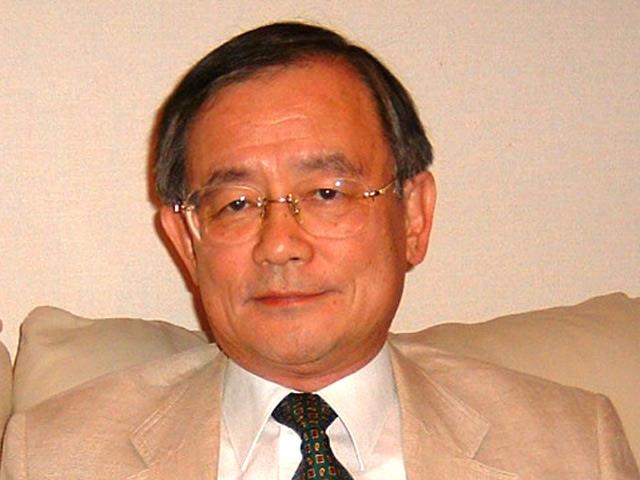 Tateo Iwasaki |
Tateo Iwasaki recently retired after a 35-year career with Komastu Forklift. Forkliftaction.com News speaks to him about his most challenging work project and his thoughts on the materials handling industry. Iwasaki is also a regular in Forkliftaction.com's
Discussion Forum.
Q. Give a brief description of your career path leading to your current position. I started my career with Komatsu Forklift Co Ltd as a design engineer with the R& D department in 1970. After three years, I was transferred to Komatsu Europe in Brussels, Belgium, where I was a technical liaison between the international marketing department and the R&D department. I continued in that position when I returned to Japan in 1978. My job involved planning sales promotional projects and campaigns, developing technical collaboration licenced businesses, exporting parts and components, and coordinating and promoting new product development. In 1994, I was appointed special projects manager and had a part in overseeing the establishment of a new plant in Georgia, USA. The old facilities in California were shut down as production capacity was transferred to the new plant. Then followed other positions as project team manager and vice president for customer support at the European subsidiary, Komatsu Forklift Europe, in Brussels. Two years after returning from Europe, I was transferred to Corporate Planning Office until my retirement in June this year. I now work part-time as an adviser for the office where I continue to observe changes in the industry and aim to address them in my new capacity.
Q. Give a brief history of your position with your current company and share with us what you like about your work.I recently retired from my first and only job after 35 years with Komatsu Forklift Co Ltd. I spent 30 years in international marketing and the rest in R&D and corporate planning. I had a taste of being an expatriate when I was stationed for three years in Georgia, USA; twice (eight years total) in Brussels, Belgium; six months in Leighton Buzzard, England; and three and half months in Milan, Italy. I have witnessed the growth of the Japanese forklift industry through Komatsu and the growth and decline of other manufacturers worldwide.
Q. What is the most challenging project you have ever worked on?The most challenging would be the quality issues we had with our former UK forklift manufacturer for subcontracting products. There are not many differences between individual Anglo and Japanese engineers. But, as a company, there was a great gulf between this Anglo company and our company. The manufacturer later vanished from the stage. It appeared the company had over-expanded its scale and capacity, not only in financial capability but also in human resources as there had been a quite high personnel turnover. Management of this now defunct company might have different views.
Q. During your career, what notable changes have you witnessed in the materials handling industry?I thought that, by the end of the 1970s, the technology involved in manufacturing forklifts would be transferred to developing countries. In the 1980s, many US manufacturers moved their facilities to Korea, which appeared to support my belief. But, 20 years since then, my belief has proved wrong. Europe, Japan and the US still dominate the forklift manufacturing industry. I have not observed any notable change in the industry.